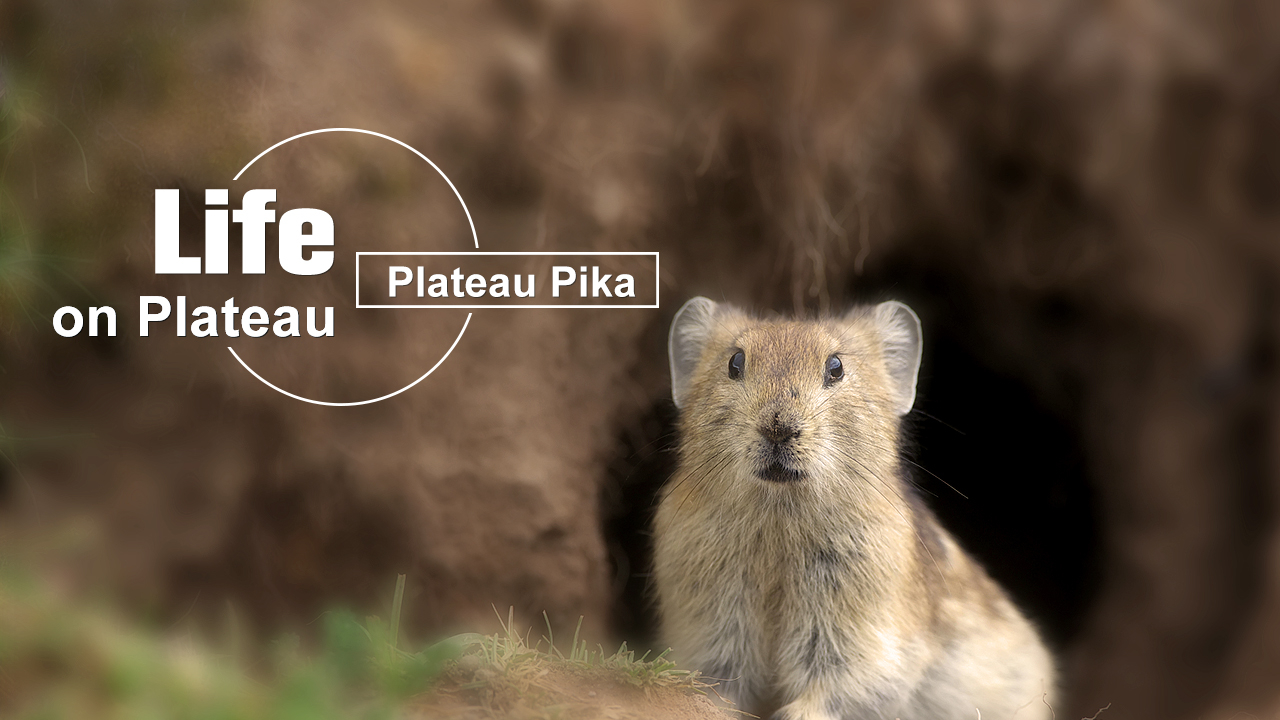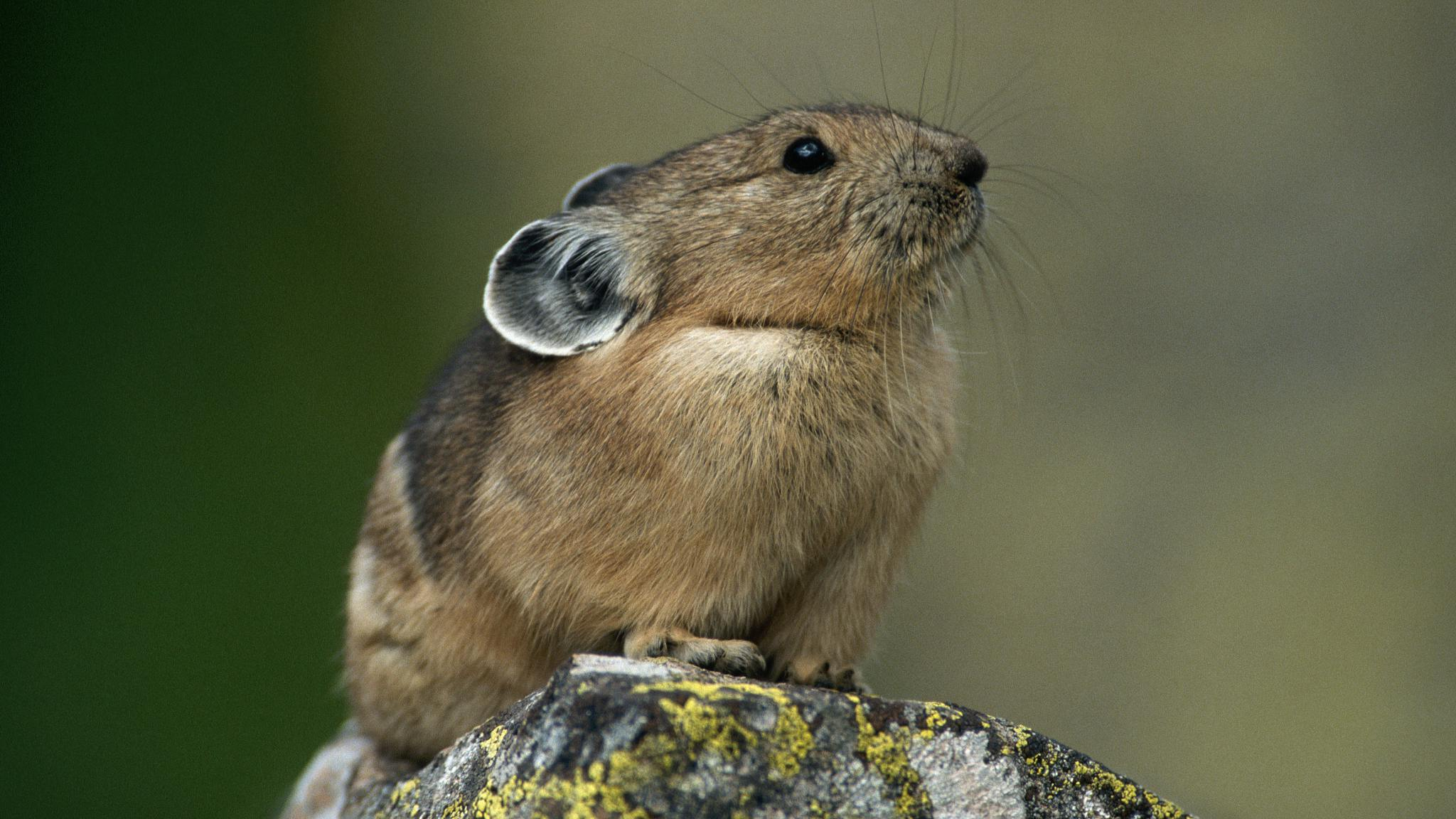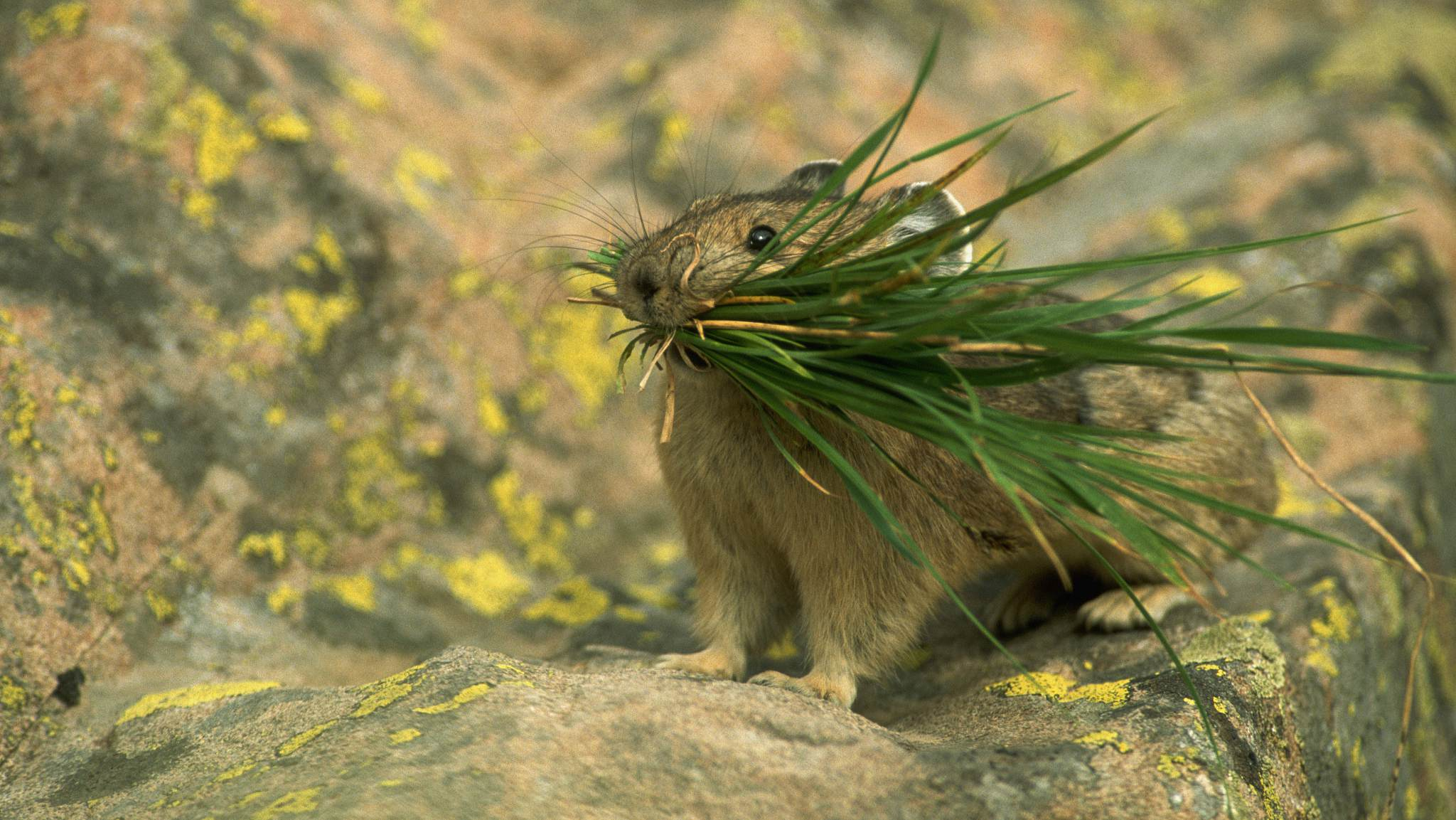
Animal
16:48, 14-Jan-2019
Life on Plateau: A late apology to the plateau pika
Updated
11:05, 27-Feb-2019
By Zhang Hao

Over the past six decades, the pika on the Qinghai-Tibet plateau has been blamed for grassland desertification. It wasn't until recent years that scientists found the blame to be groundless and that the massive killing of the pika may have even broken the balance of the ecosystem on the plateau.
China's plateau pika is a rabbit-like mammal that mostly inhabits meadows and steppes on the Qinghai-Tibet plateau. These animals are good at constructing a system of underground burrows for protection from predators, bearing offspring and storing food. But it is also this craftsmanship that made the innocent pika the target of false accusations about grassland degradation for years.

Pika on a rock /VCG Photo
Pika on a rock /VCG Photo
Back in the 1950s, when people found the area where pika had burrowed showed signs of degradation, without further investigation, the pika was simply made a scapegoat. Two mass killings were conducted on the Qinghai-Tibet Plateau, but the result was surprisingly opposite the expectations. The poison used accidentally killed a great number of the carnivores that fed on the pika and, due to the fast breeding, it only takes two or three years for the population to bounce back - significantly shorter than the carnivores, who took decades to regain their original population. As a result, with less natural threats in the environment, the pika population rebounded considerably, to the point where it became a major problem.
Based on some scientists' discoveries, the reason that the pika has always been seen in seemingly degraded areas is because they prefer to live in an open area where there is an over gaze and they can burrow easily. The animals' burrow offers nests for many birds and reptiles, and promotes the growth of different plants. Meanwhile, the pika itself provides major food sources for carnivores on the grassland, since it is the only animal who doesn't hibernate in winter. Thus maintaining a proper number of pika plays an important role in maintaining the stability of the whole grassland ecosystem.

Pika carries grass. /VCG Photo
Pika carries grass. /VCG Photo
Put simply, the pika itself doesn't pose any harm to the environment, but an overpopulation of them does. The excessive number of the pika is the result of natural degradation, rather than vice versa. Some conservationists suggest that a necessary extermination is needed to return the pika's numbers to a reasonable level, since the consequences of an off-balanced ecology have started to appear, but the pika is certainly off the troublemaker blacklist.

SITEMAP
Copyright © 2018 CGTN. Beijing ICP prepared NO.16065310-3
Copyright © 2018 CGTN. Beijing ICP prepared NO.16065310-3